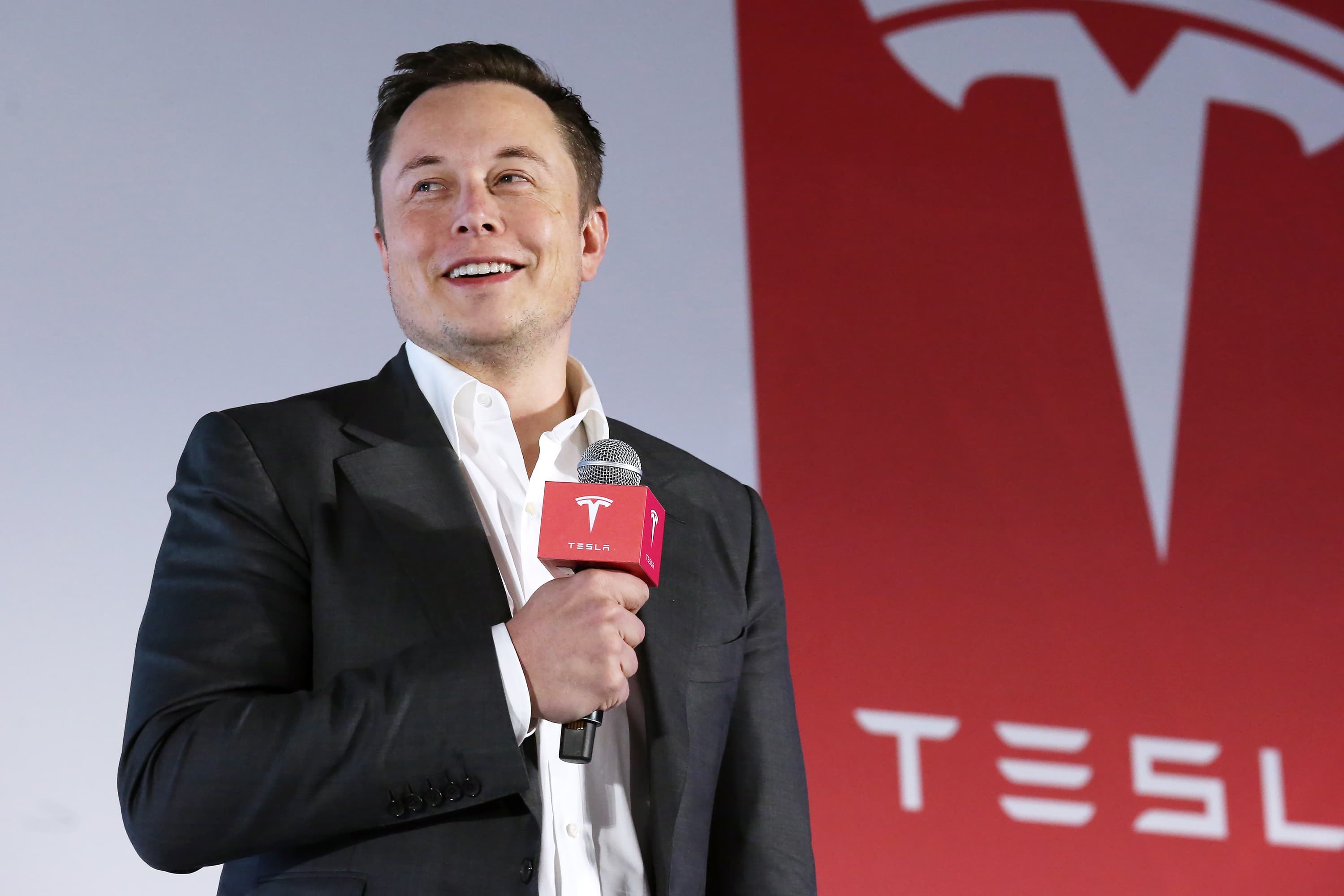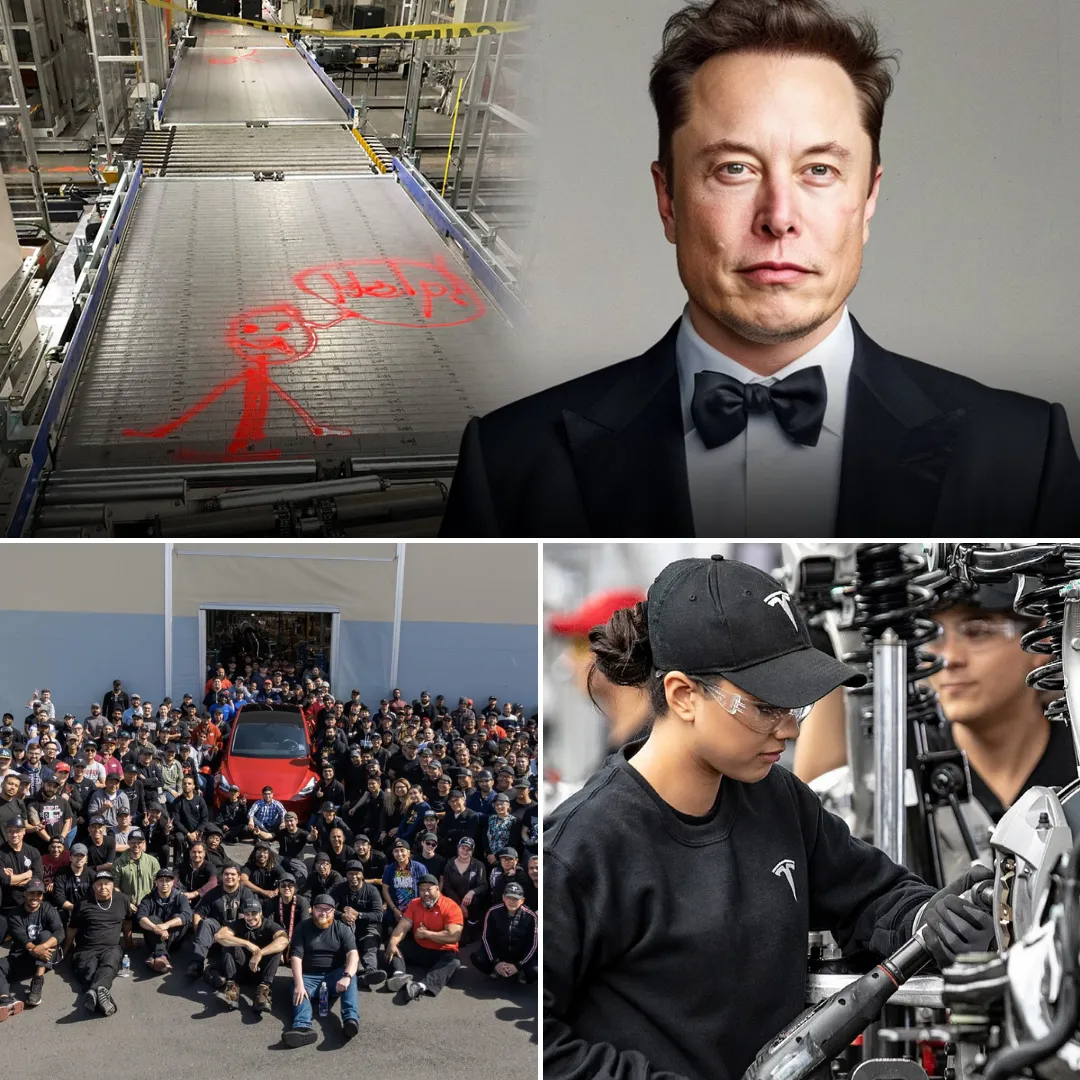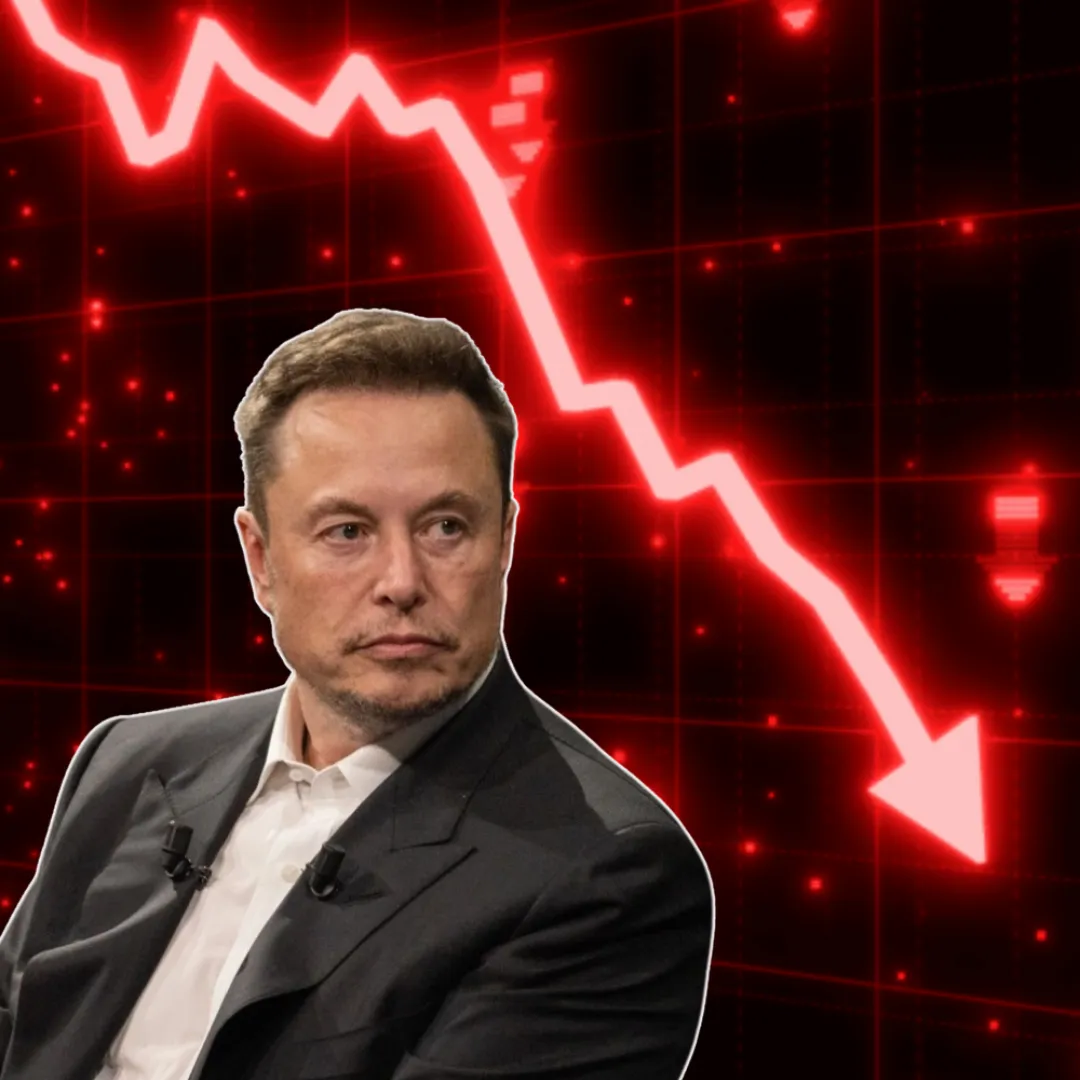
Tesla, the leading electric vehicle manufacturer, has recently reported a 9% drop in its overall revenue for the first quarter of 2025. The company’s total revenue, which includes income from vehicles, energy production and storage, services, and other sources, reached $19.3 billion for the quarter, compared to $21.2 billion in the same period last year.
The decline in revenue has raised concerns among investors, especially as Tesla continues to navigate an increasingly competitive market, and as the company faces challenges both within its production facilities and in the wider automotive industry. The primary factor contributing to the drop in Tesla’s revenue was a decrease in vehicle deliveries. The company reported that it delivered 323,800 vehicles in the first quarter of 2025, a sharp decline from the 386,810 vehicles delivered in the same period of 2024.
Tesla explained that the lower number of deliveries was partly due to the ongoing upgrades to the Model Y at all four of its manufacturing plants, which temporarily reduced vehicle production capacity. The upgrades, which are aimed at improving the Model Y’s efficiency and performance, have led to delays and a temporary reduction in the volume of vehicles produced and delivered.
In addition to the lower number of deliveries, Tesla also cited a reduction in the average selling price of its vehicles as a contributing factor to the decline in revenue. The combination of discounts and sales incentives, along with changes in the product mix, has resulted in a decrease in the average price of vehicles sold.
Tesla’s aggressive pricing strategy, aimed at maintaining its market share in the increasingly crowded electric vehicle market, may be part of the reason for the drop in average selling prices. While lower prices may help boost sales in some markets, they also have the effect of reducing overall revenue per vehicle. Despite the decline in vehicle sales, Tesla’s energy and services divisions showed strong performance in the first quarter of 2025.

The company’s energy generation and storage business, which includes solar panels and energy storage systems like Powerwall, generated $2.73 billion in revenue, a 67% increase from the same period last year. This growth in the energy sector reflects Tesla’s ongoing efforts to diversify its revenue streams and become a leader in sustainable energy solutions, beyond just electric vehicles.
The expansion of Tesla’s energy business is seen as crucial for the company’s long-term strategy, especially as the global demand for clean energy continues to rise. Furthermore, Tesla’s services and other operations, which include vehicle maintenance, repairs, and software updates, generated nearly $2.64 billion in revenue for the first quarter, a 15% increase compared to the same period in 2024.
This growth in services revenue is significant, as it highlights the increasing importance of Tesla’s after-sales services as a stable and recurring source of income. The company has been working to expand its service network and improve customer satisfaction, which has contributed to the steady rise in this segment’s revenue.
The mixed financial results come at a time when Tesla is facing heightened competition in the electric vehicle market, particularly from Chinese automakers such as BYD and NIO, which are rapidly expanding their presence in global markets. Tesla, once the undisputed leader in the electric vehicle industry, is now competing with a growing number of rivals offering affordable and high-quality electric cars.

The competition is particularly intense in markets like China, where local manufacturers are able to offer EVs at lower price points, making it more difficult for Tesla to maintain its dominant position. In addition to the competition from traditional automakers and new entrants in the electric vehicle market, Tesla is also grappling with the consequences of Elon Musk’s involvement in politics.
Musk, who has become increasingly active in public debates and political discussions, has faced backlash from certain groups, particularly those who disagree with his stance on various political issues. Some critics argue that Musk’s outspoken political views have hurt Tesla’s brand image, with consumers and investors becoming wary of associating with a company whose CEO is seen as controversial. The tensions surrounding Musk’s public persona may be contributing to the decline in Tesla’s revenue, as some customers and investors may be choosing to distance themselves from the company.
The decline in revenue comes at a time when Tesla is facing production and supply chain challenges. While the company has made significant strides in increasing its production capacity with new gigafactories in Berlin and Austin, supply chain disruptions continue to affect the global automotive industry. Tesla, like many other manufacturers, has been impacted by shortages of key components, including semiconductors and raw materials.
These challenges have made it difficult for Tesla to meet the demand for its vehicles, contributing to the drop in vehicle deliveries for the first quarter of 2025. Despite these setbacks, there is still optimism surrounding Tesla’s long-term future. The company’s market-leading position in the electric vehicle sector, its growing energy business, and its reputation for innovation provide a strong foundation for continued growth.

Investors remain confident in Musk’s ability to navigate the challenges ahead, especially given his track record of success in building companies that disrupt entire industries. However, the company will need to address its production and supply chain issues, as well as its pricing strategy, to ensure that it remains competitive in the increasingly crowded EV market.
Looking ahead, Tesla’s ability to maintain its leadership in the electric vehicle market will depend on several factors, including the successful rollout of its new models, the continued growth of its energy business, and its ability to navigate the competitive landscape. The company has also announced plans to expand its network of Supercharger stations and develop new autonomous driving technologies, which could provide additional sources of revenue and help the company maintain its edge in the market.
As Tesla continues to push the boundaries of technology and innovation, its focus on expanding into new markets and diversifying its business will be crucial in ensuring its continued success. The first quarter of 2025 has shown both the challenges and opportunities Tesla faces in a rapidly changing world. While the decline in revenue may be a setback, it is clear that Tesla’s future remains bright as long as it can overcome the hurdles it faces and continue to innovate in both the automotive and energy sectors.
In conclusion, Tesla’s mixed results in the first quarter of 2025 reflect the challenges the company is facing in a highly competitive market. However, Tesla’s strong performance in energy generation and services, along with its ongoing innovations in electric vehicles and autonomous driving technology, offer a promising outlook for the future.

As the company navigates these challenges, its ability to adapt to changing market conditions and stay ahead of its competitors will determine whether it can maintain its leadership position in the electric vehicle and clean energy industries.


-1747990348-q80.webp)
